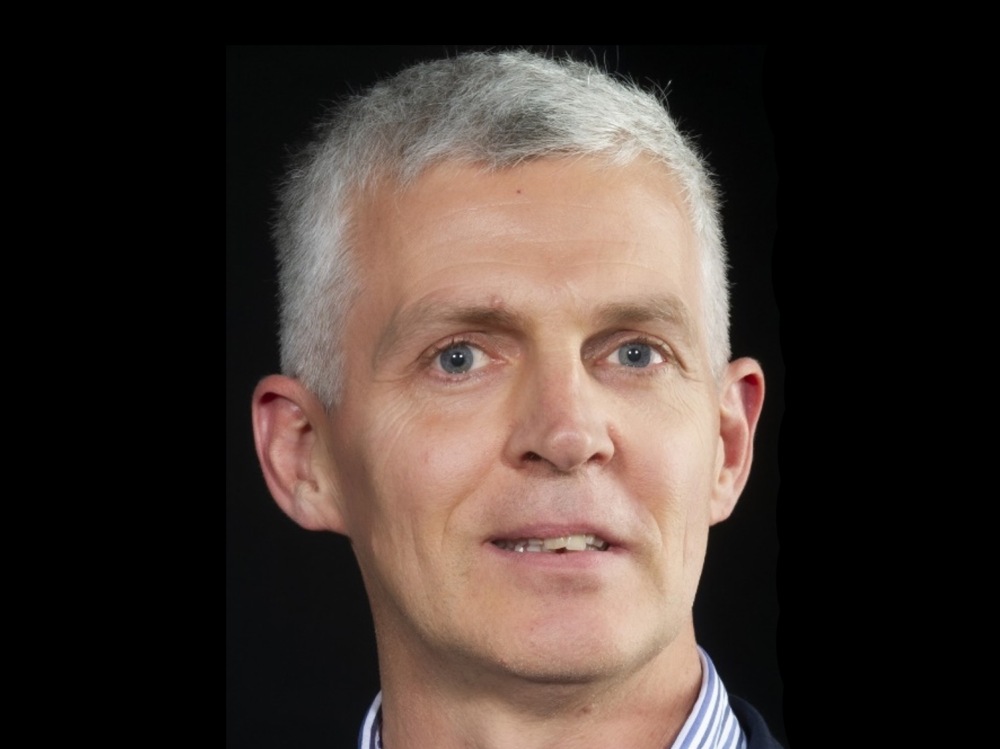Training also closes the gap between system design and field reality. In today’s energy infrastructure, it serves three purposes: it transfers critical technical knowledge and workmanship, strengthens accuracy and speed on the ground, and supports a culture of accountability and excellence.
Measurable impact in the field
In recent assessments, teams that completed structured and certifying training programs showed:
- A 58% reduction in Medium Voltage cable accessories failure rates
- A 25% improvement in installation speed
- A customer satisfaction rate of 97%
(Source: Nexans Internal Impact Study, 2024)
These improvements are not theoretical. They directly affect grid resilience, budget predictability, customer satisfaction and trust.
Training for modernizing and expanding grids
As grids become more complex, training must adapt. This includes at Nexans:
- Hands-on installation practice
- Certification based on practical performance, not just theory
- Partial discharge and AC withstand testing of i samples assembled during training
- Language flexibility and local adaptations
- Programs covering low, medium, and high-voltage applications, including renewables
Training today is not a static classroom experience. It is technical, tailored, and aligned with operational goals. In most cases, it also provides certification that is now increasingly necessary to operate and secure installations in compliance with industry standards.
The example of Nexans Certifying Training Services
In response to growing demand for skilled installation and maintenance teams and to a lack of certified technicians in most countries, Nexans has structured a comprehensive global training program. Delivered worldwide through eight centers located mainly in Africa, Middle East, Asia-Pacific and Europe including France and DOM-TOM, and supported by a dedicated team of 25 trainers and experts all over the world (including the US and Latin Americas), the program is designed to reflect the diversity and complexity of real-world electrification projects.
In 2024 only, over 2,800 professionals took part in training sessions offered in seven languages and tailored to more than 15 voltage levels and accessory types. The curriculum spans low-, medium-, and high-voltage systems, as well as renewable applications, with flexible, on-demand modules to support different phases of a project.
Each session combines technical theory with hands-on practice. For the most demanding applications, installed samples are tested under real conditions using partial discharge and AC withstand protocols, and certification is awarded based on demonstrated results, not just attendance (in France, the certification process is COFRAC accredited).




